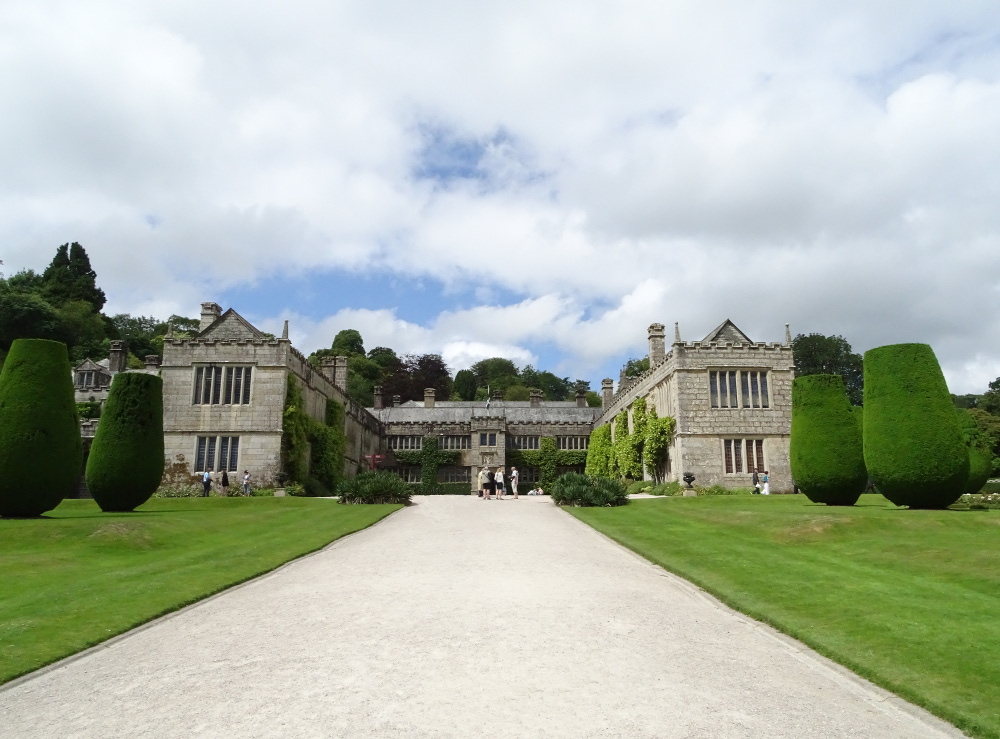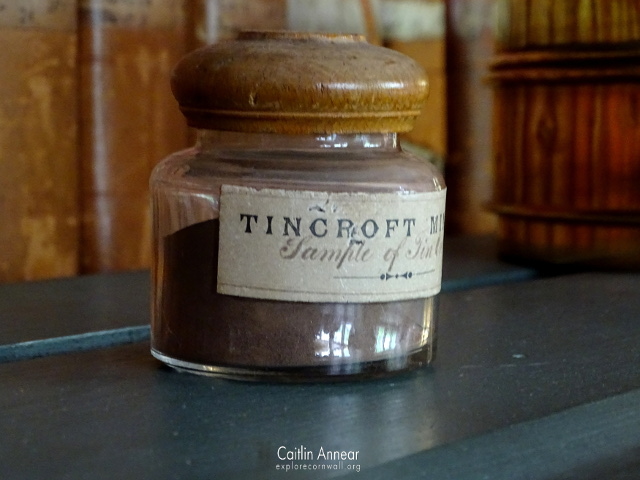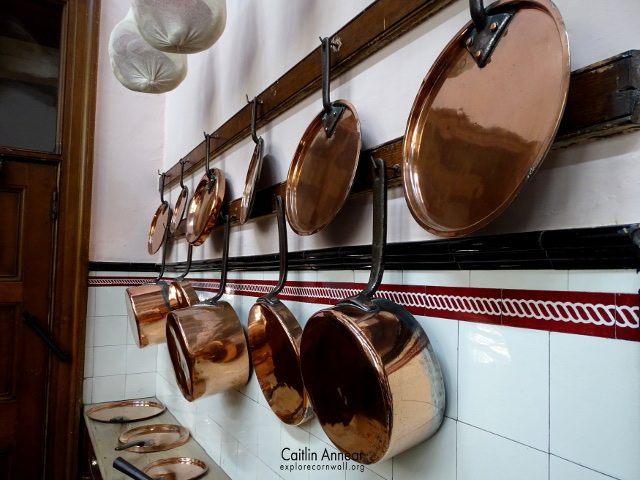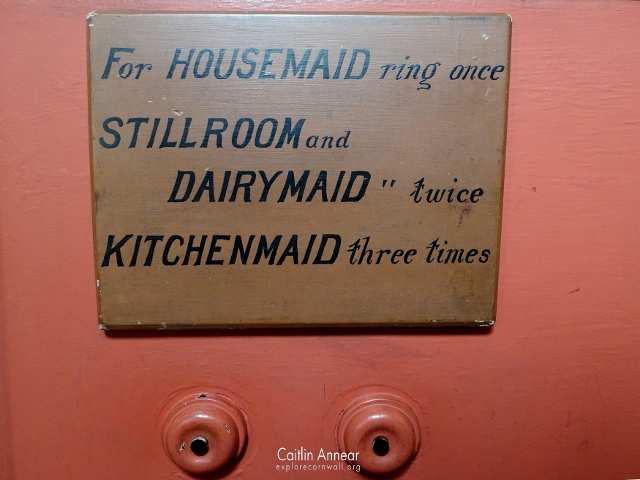Smuggled away in the Fowey Valley near Cardinham is the Grade I listed house of Lanhydrock. Surrounded by over 800 acres of green land, this is a beautiful mix of architecture, gardens and woodland walks.
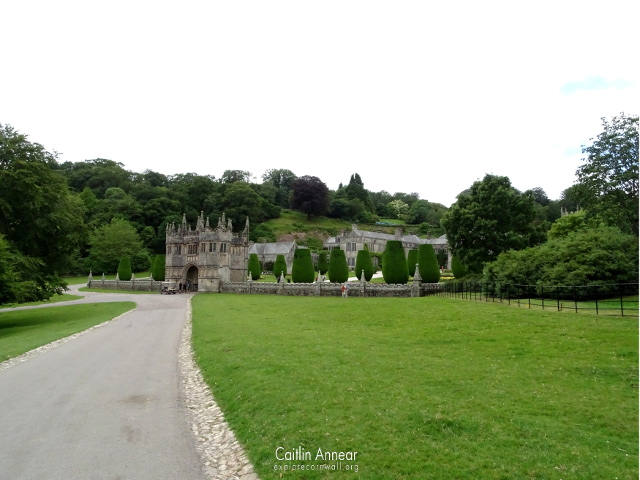
The name Lanhydrock was first used in 1201, but the area that the estate currently sits on was once a monastic farming community that was part of the Bodmin Priory in the 15th century. When the monasteries were dissolved in 1543 the land went to the local Glynn family and then to the Lyttelton family. Between 1577 and 1620, the estate was given to Thomas Trenance through marriage, but was sold to Richard Robartes of Truro in 1620, starting the Robartes legacy in this area.
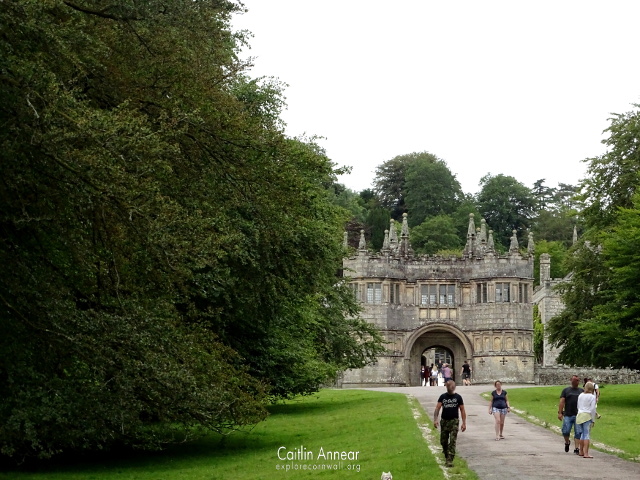
Following Richard’s death, his son John took over in 1634 and attempted to build the grandest mansion in Cornwall, with formal gardens, a sporting park as well as developing the rich agricultural and mineral parts of the estate. The gatehouse with its wonderful octagonal walls was built in 1651.

After John died, the estate passed onto several different family members, however as they often had land and estates in other parts of the country, Lanhydrock was left neglected. It wasn’t until 1758 when George Hunt inherited the estate from his mother when more work occurred. He removed some of the east wing and added decorations, furniture and carpets; however he also accumulated several debts.
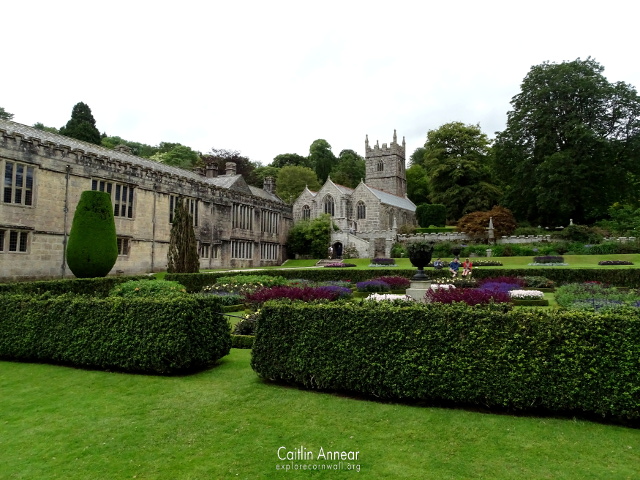
His successor was Anna Maria Hunt (later Agar from 1804), who along with the land and house, also inherited this debt. With help from the steward William Jenkin, she was able to restore the fortunes of this grand estate.
Her second child Thomas James Agar-Robartes had much of the parkland remodelled during his time in charge, adding new formal gardens and the ornamental drive that still exists today.
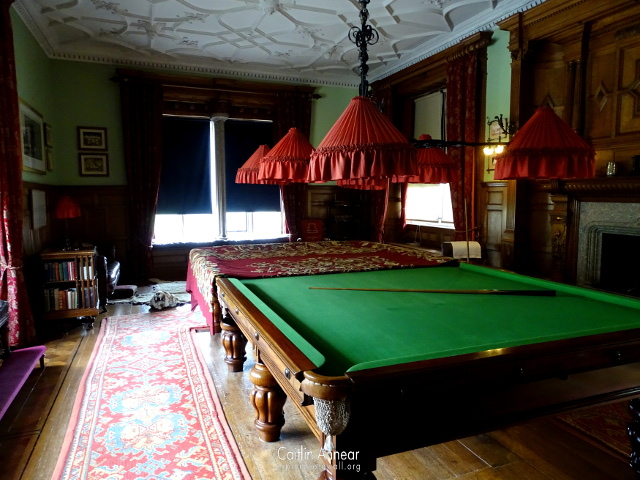
In 1881, a large fire started in the house, destroying a great deal of it and leaving only the north wing standing. Local architect Richard Coad was commissioned to reburbish the house, creating a mix of Jacobean and Victorian design. The impact of this fire was great and both Lord and Lady Robartes died in the following years. Their eldest son, Tommy Agar-Robartes took over the estate, but disaster struct again with the outbreak of WWI. During this time, mining in Cornwall was at breaking point, and Tommy was killed during the war.
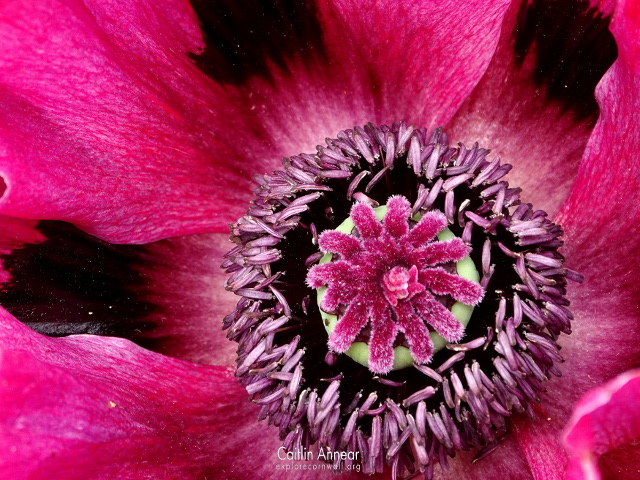
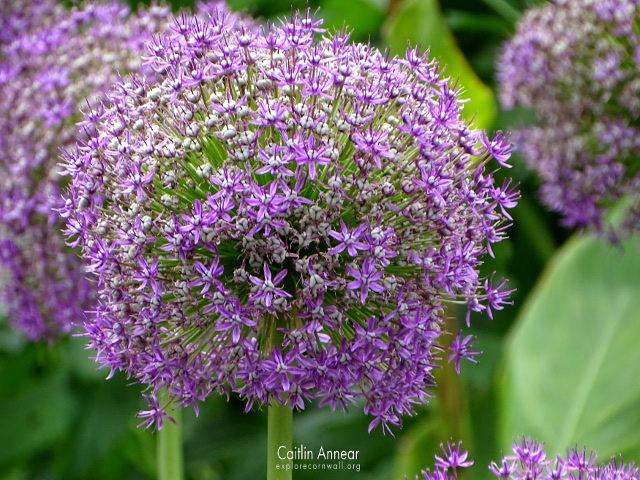
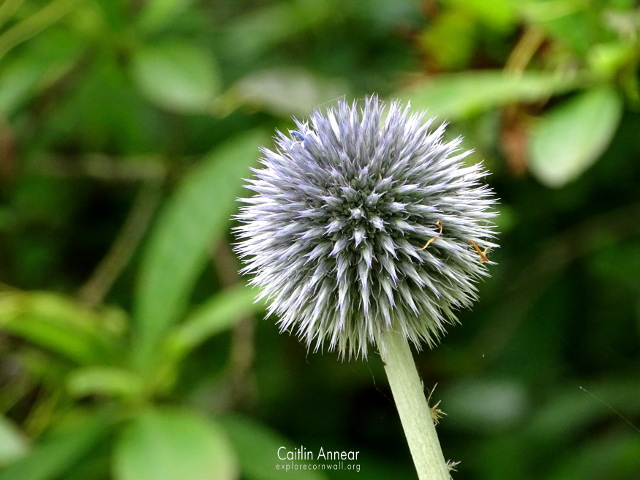
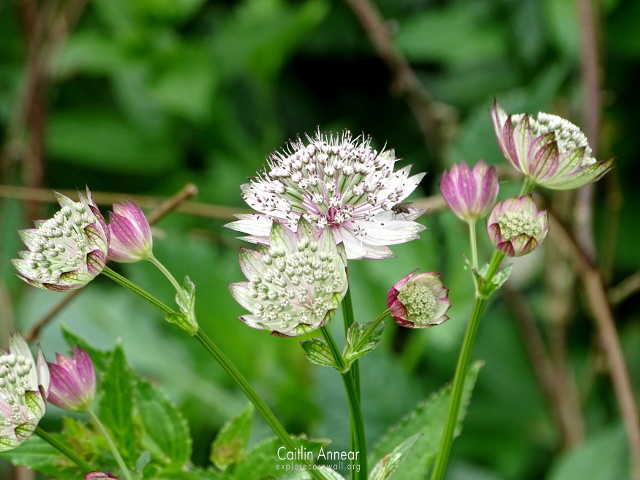
Tommy’s younger brother Gerald inherited the estate next, but the family never really recovered and he handed it over to the National Trust in 1953.
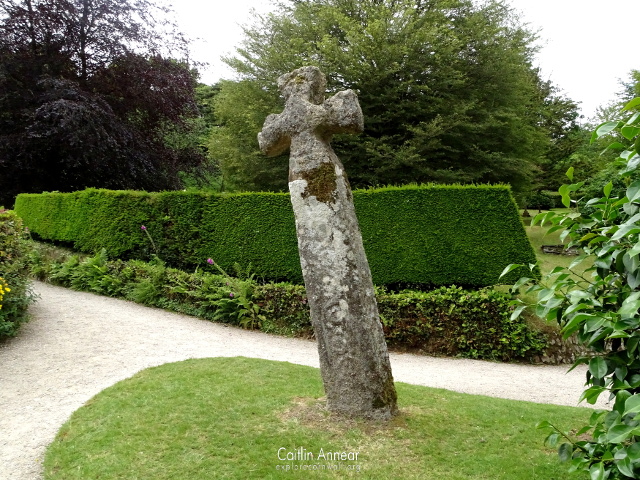
Lanhydrock estate has quite a large garden, made up of smaller gardens dotted around the house. The higher garden behind the house and church was planted just before WWI, as was the southern half of the circular flower patch (the northern semi-circle was planted by the National Trust in 1972).
The formal gardens to the front of the house are surrounded by a mid-Victorian wall and also include 29 flat topped Irish yews.
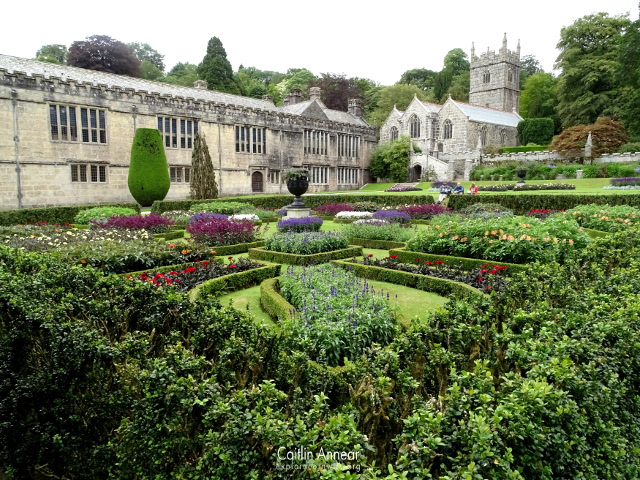
The church that sits gracefully behind the house is dedicated to St Hydroc and is still used as a functioning chapel, with services on Sundays. Built in the 15th century, this church was often neglected and renovated alongside the main house.
The Robartes family crypt is still in situ under the pews on the southern side of the church.
The rather wonky cross that sits inline with the front entrance of the church is dated from the 9-11th century.
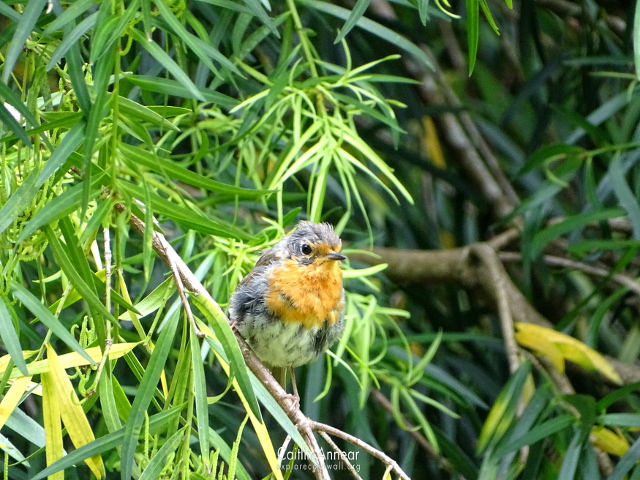
The estate is currently under the care of the National Trust and is open daily. Tours of the house give a wonderful view of both of the extensive ‘below stairs’ rooms and its many kitchens and the luxury ‘upstairs’ rooms where the family would have lived.
Alongside the house and gardens is a vast estate of woodland and field walks that is well worth exploring. Near the carpark they offer bike rentals to make use of their cycle trails.
There is a very large carpark on the north side of the estate that is well signposted from the A30 Bodmin/Cardinham junction. This is also owned by the National Trust so has the usual parking fees.
Postcode: PL30 4AB
OS Map: SX 087 642
There is a cafe near the carpark, with another cafe and restaurant at the house which offer different menus.
There are toilets at the house, including adapted ones.
Dogs are allowed to roam the grounds if on a lead, but only service dogs can enter the formal gardens.
There is wheelchair access to the house, but some rooms may not be available due to steps.
The Trust operates a shuttle service from the carpark to the house.
https://www.nationaltrust.org.uk/lanhydrock
England, M., Hingston, R., Holden, P., Knight, S., Taylor, A. and Todd, D. (2018) Lanhydrock Dictionary of Biography. Available at: https://drive.google.com/file/d/1fbSO8fi7HM9JqKwaZnK9dhEw_eURlO2b/view (Accessed: 24 October 2019).
Gamble, B. (2014) Cornwall’s Great Houses and Gardens. Penzance: Alison Hodge Publishers.
Historic England (2019) LANHYDROCK, Cardinham. Available at: https://historicengland.org.uk/listing/the-list/list-entry/1000449 (Accessed: 24 October 2019).
Thomas, N. (1994) Lanhydrock: An Archaeological Assessment. Available at: http://map.cornwall.gov.uk/reports_event_record/1994/1994R023.pdf (Accessed: 24 October 2019).
